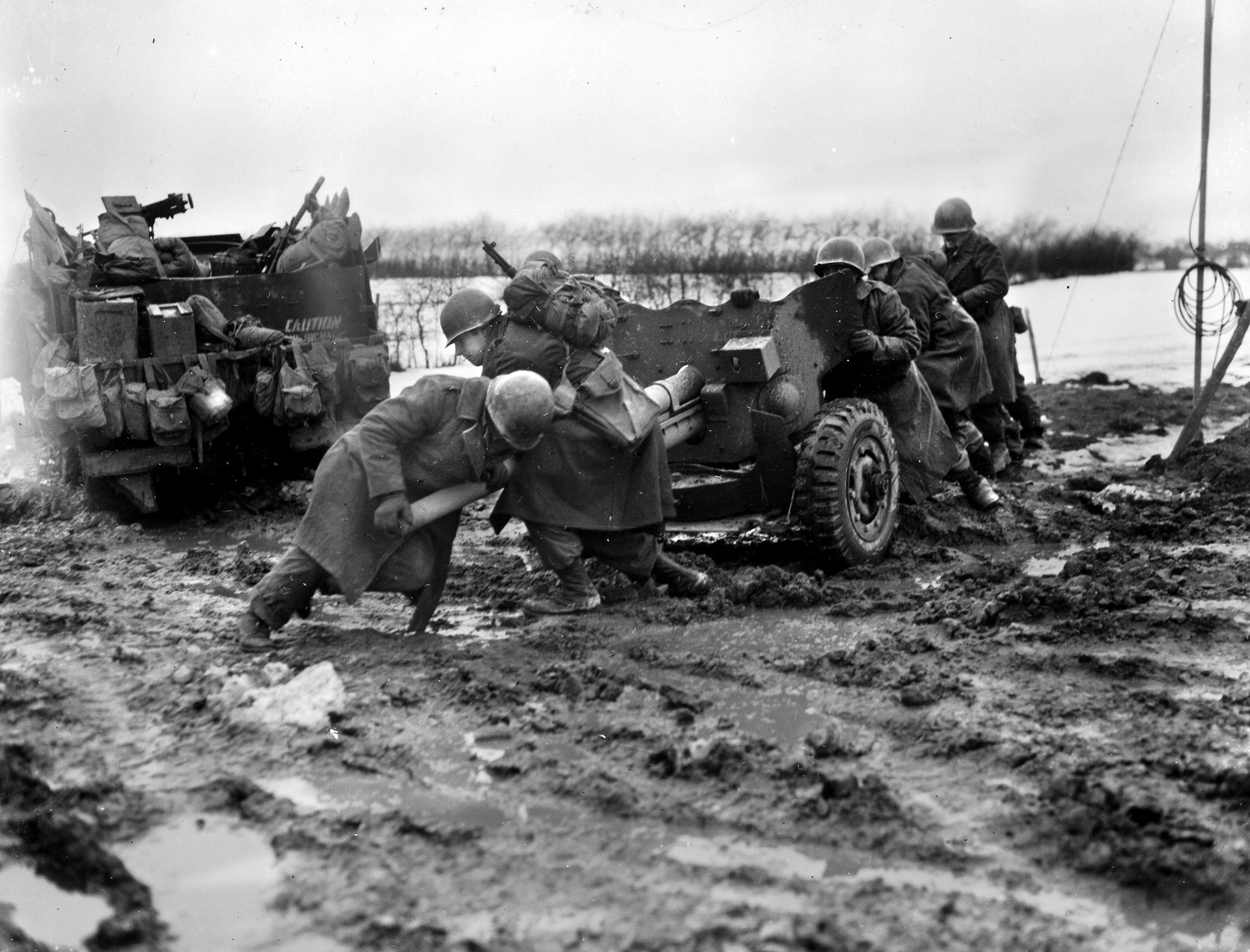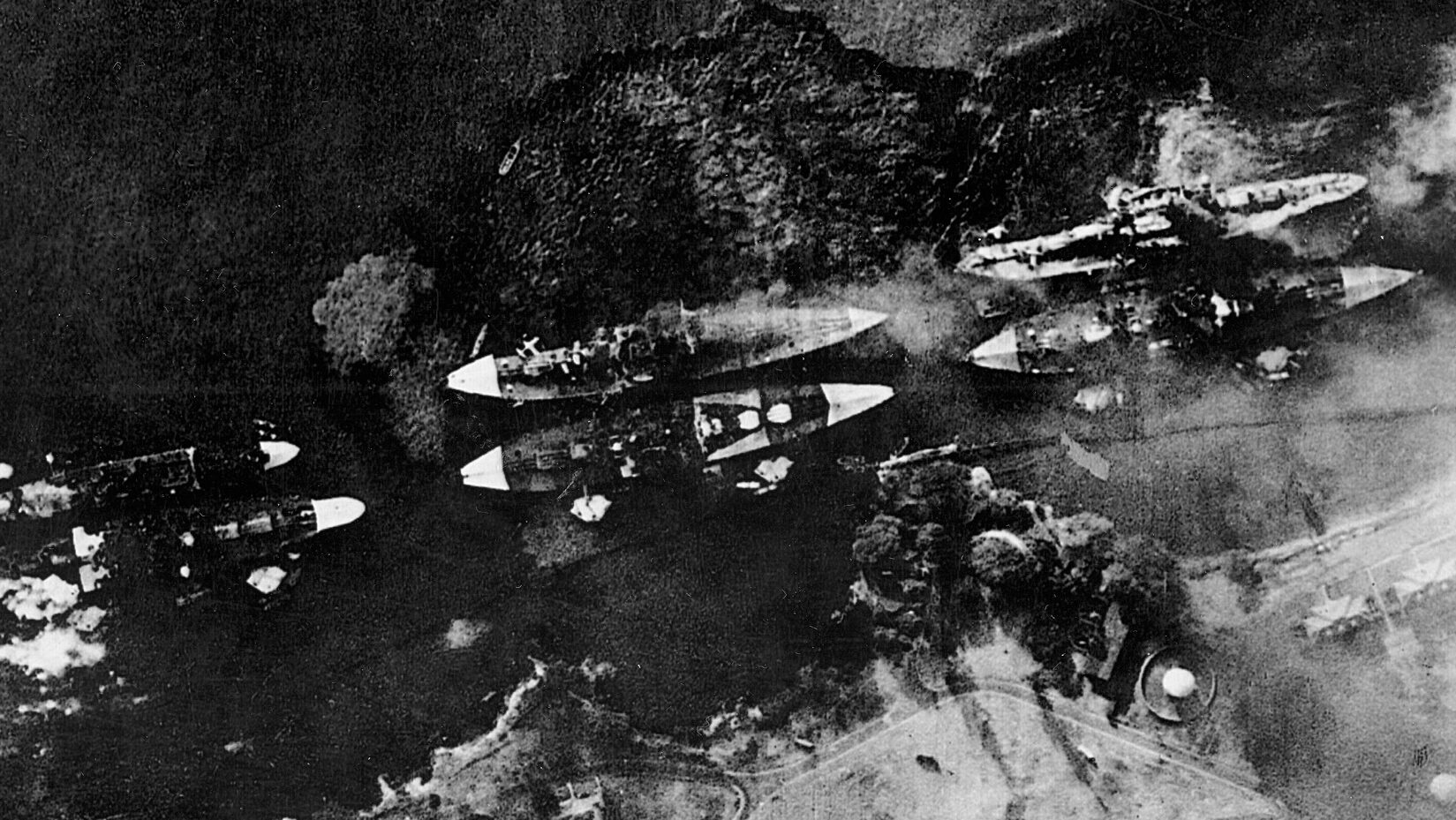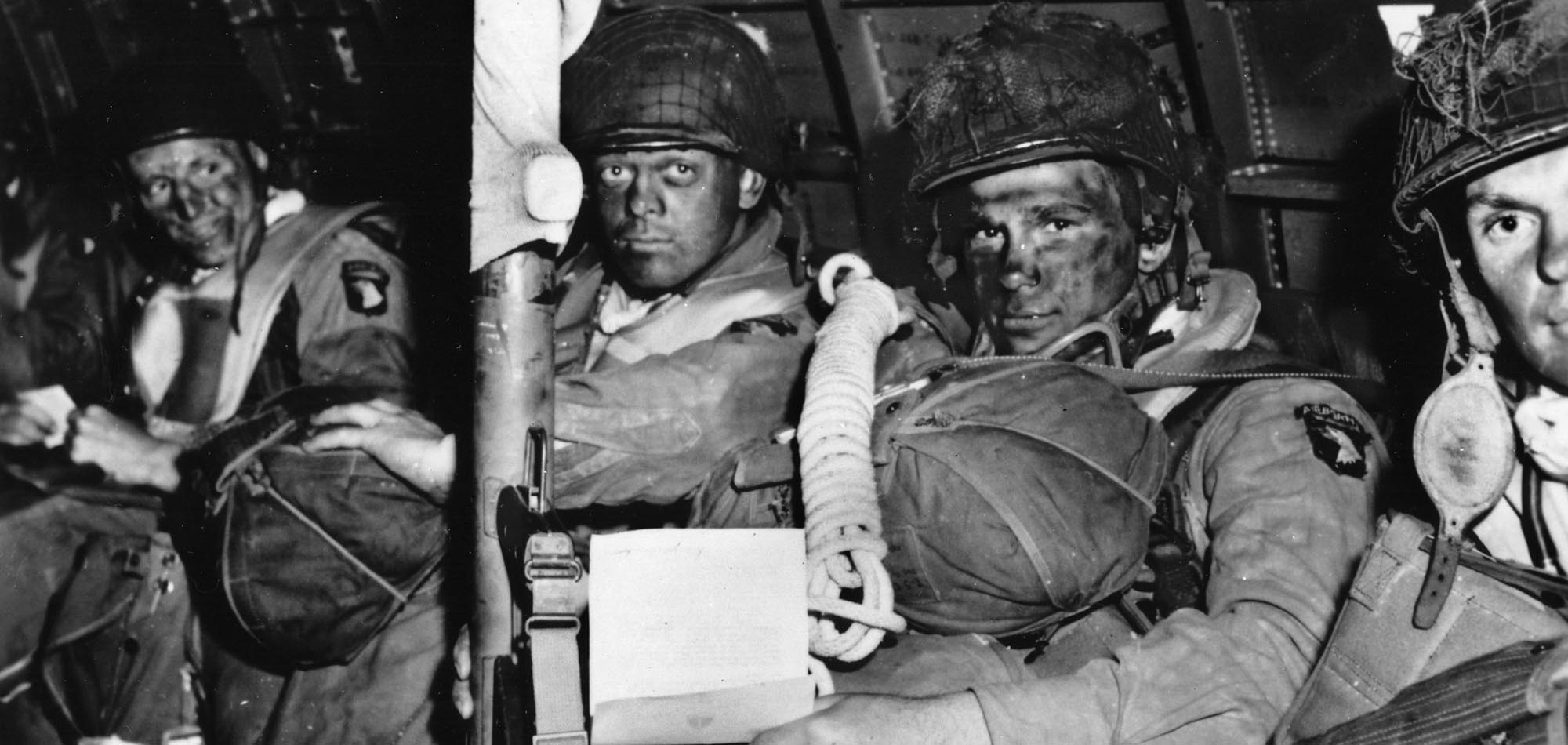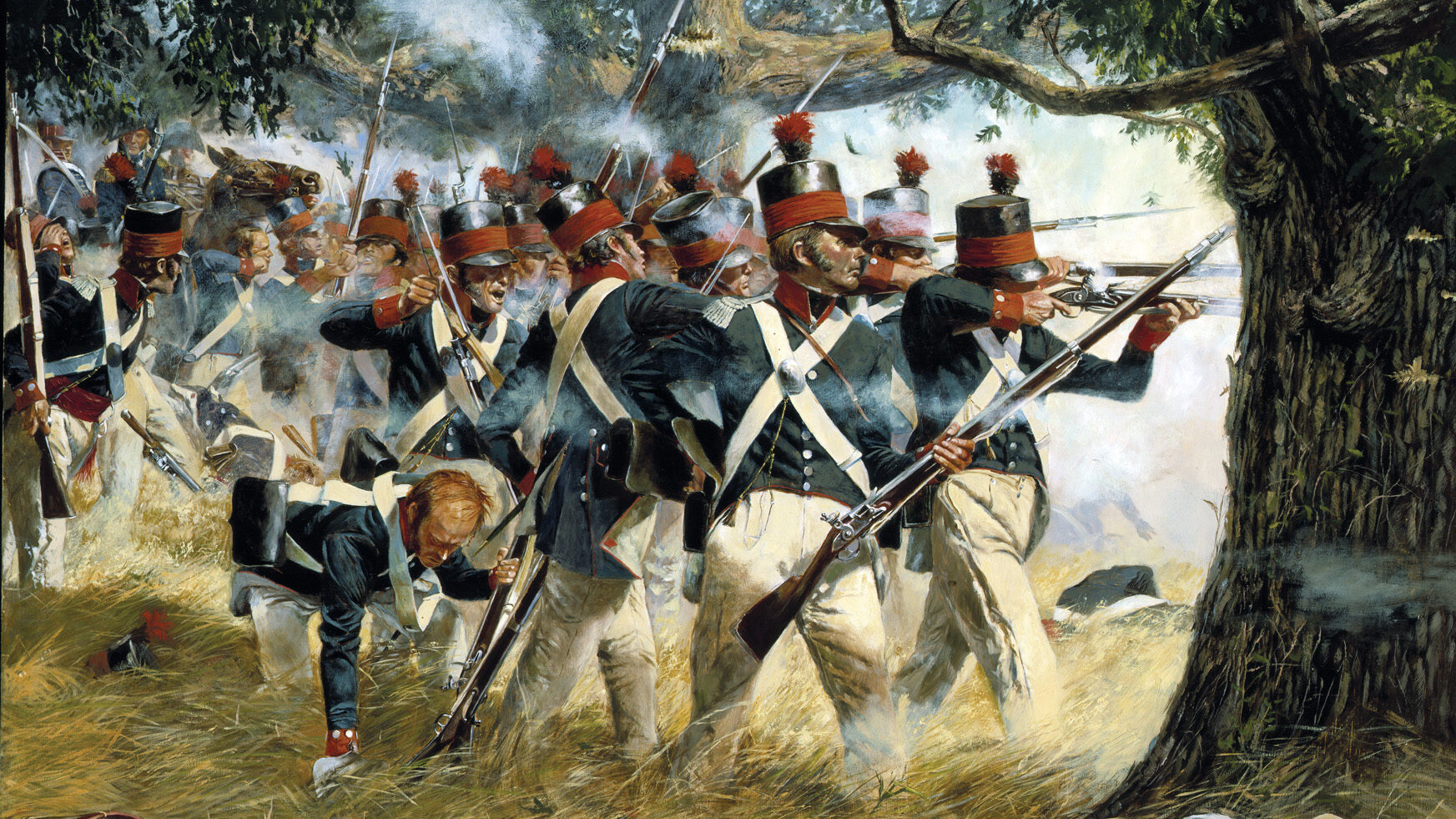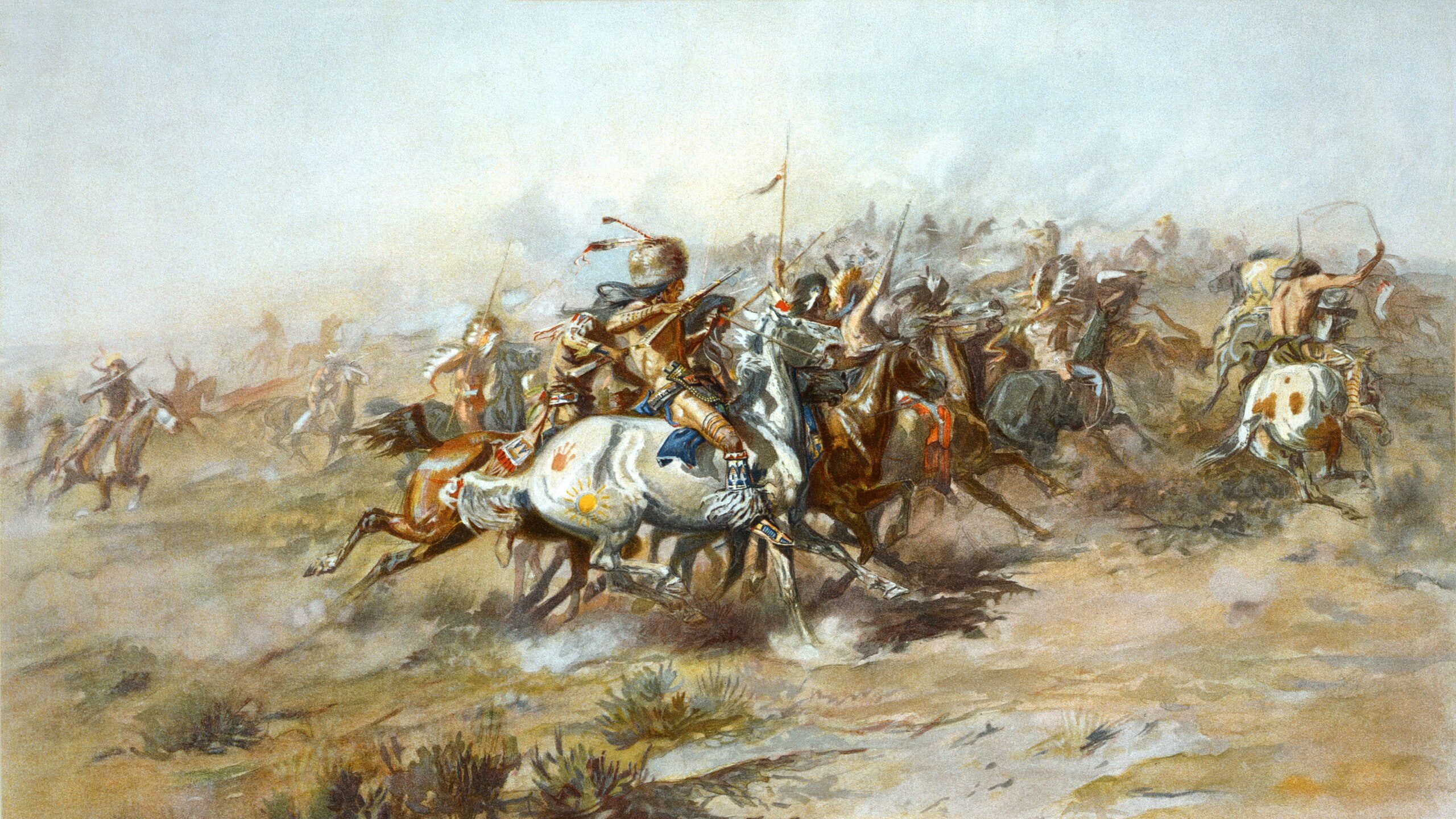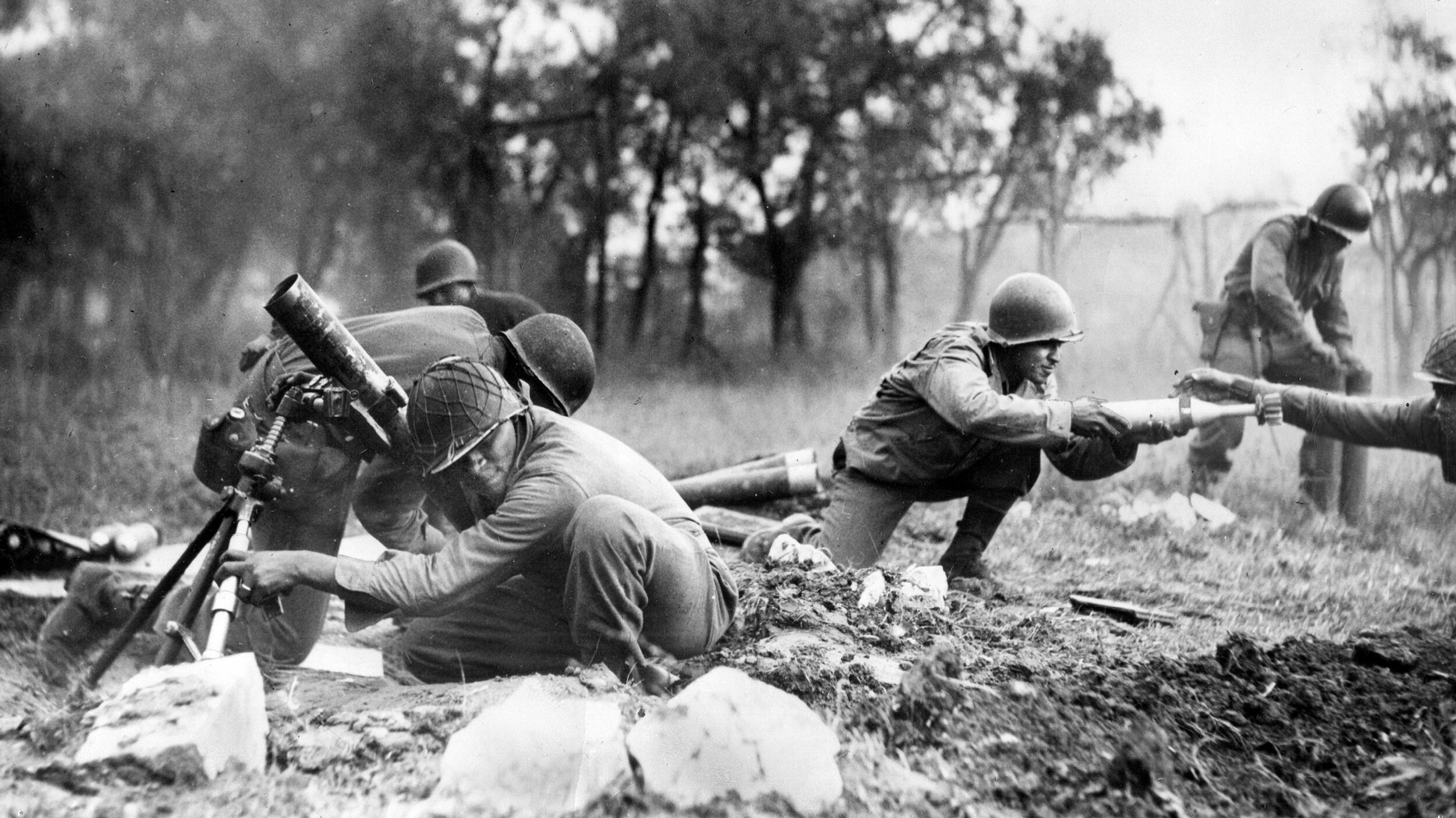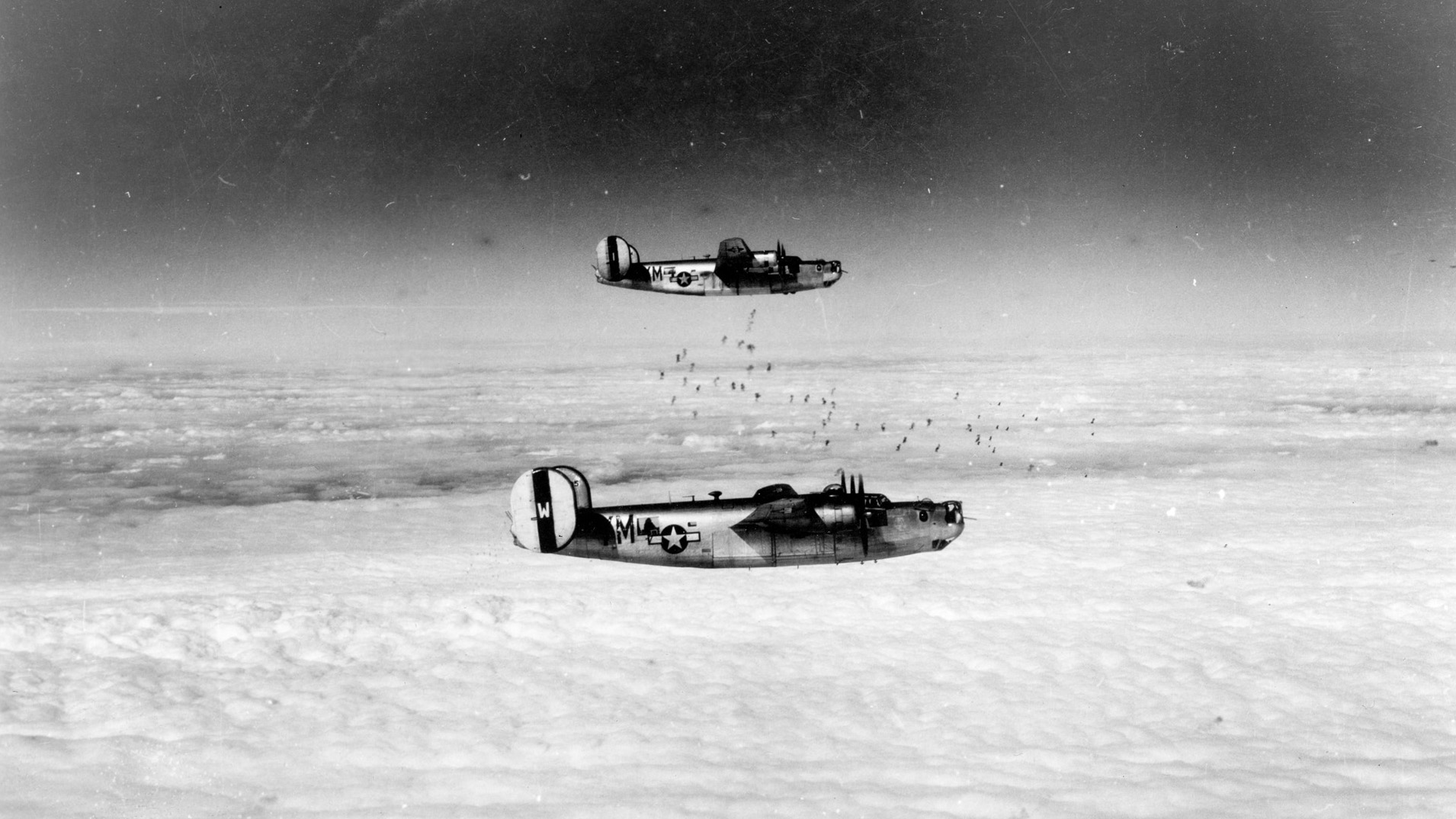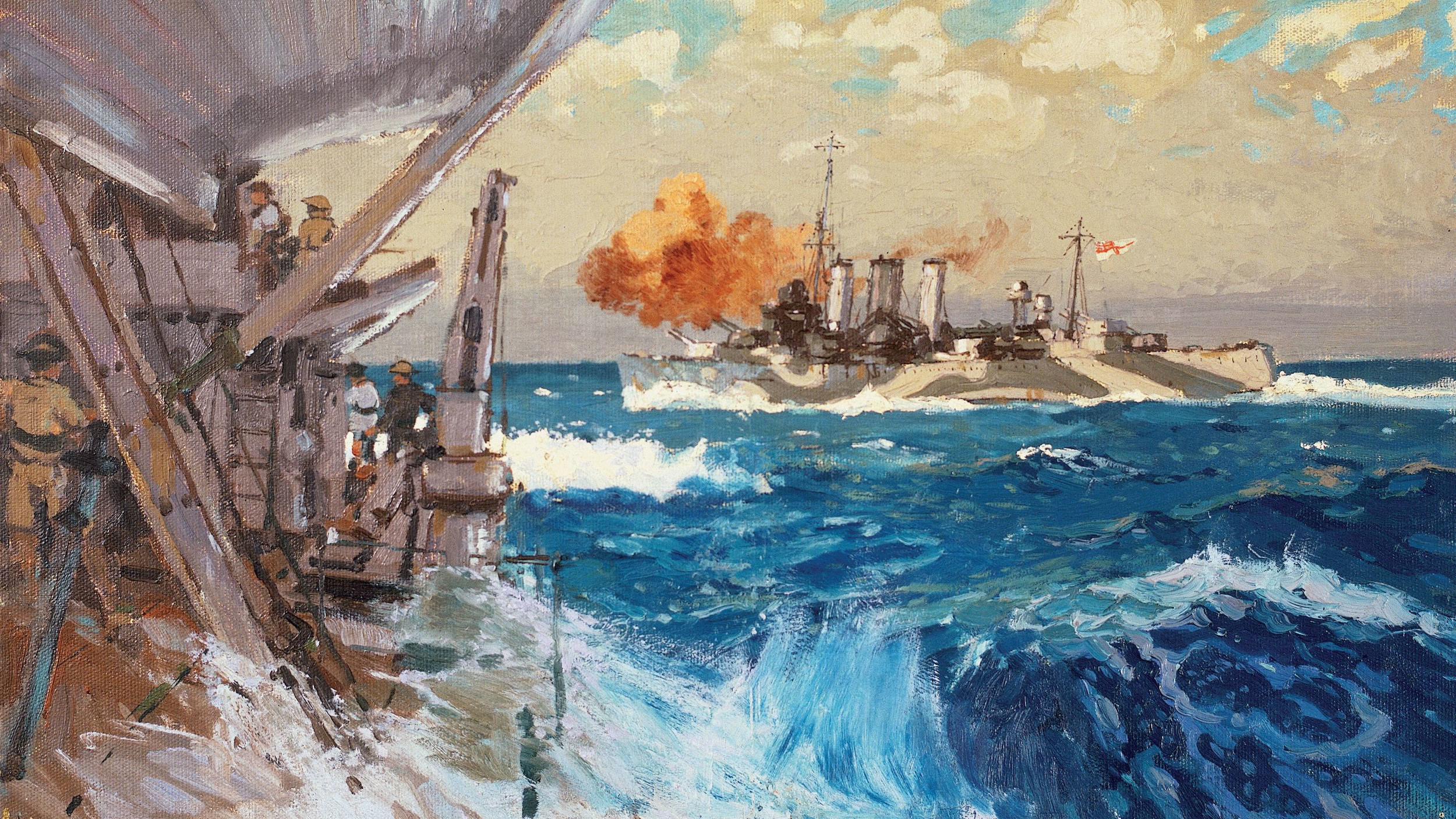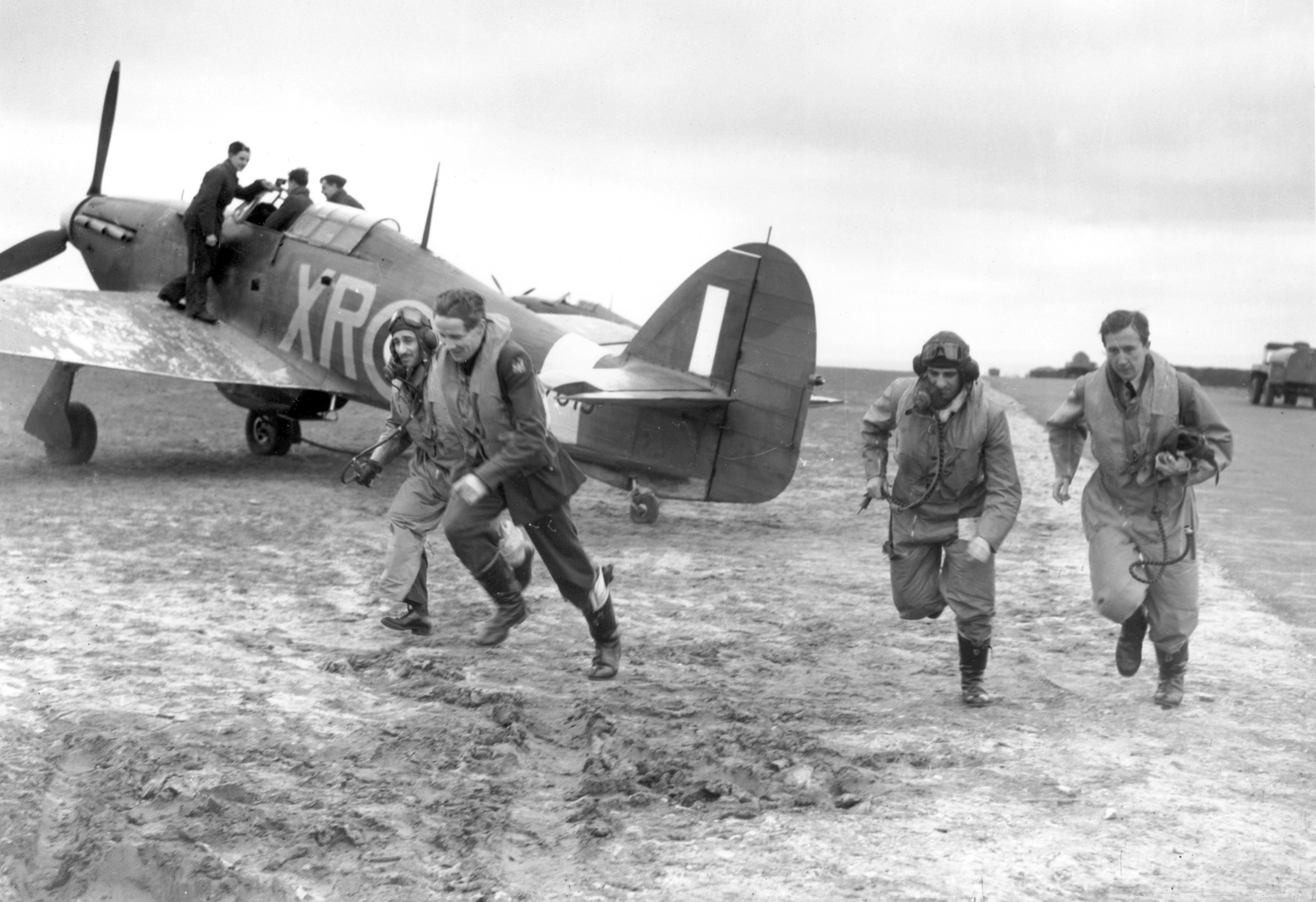By Christopher Miskimon
Corporal Frank Sisson spent eight freezing hours in a truck, riding through France toward Belgium. A day earlier, Frank and his fellow GIs of the 667th Field Artillery Battalion, 10th Armored Division lay comfortably billeted in a French town, warm and relatively safe. Now, they bundled as best they could against the frigid December wind. Potholes punished the truck’s suspensions and the soldiers’ kidneys alike. The bouncing ride mattered little to Frank compared to his destination: the Belgian town of Bastogne, currently encircled by the German army as the Battle of the Bulge raged all around it.
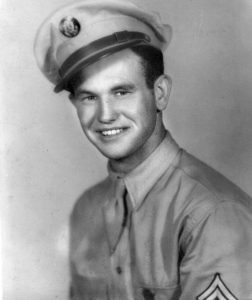
As they got closer to the combat area, signs of recent action dotted the roadside. “Look at that!” a soldier called. He pointed to a wrecked German halftrack. It appeared as if a large-caliber shell had torn it apart. The corpse of a German soldier hung out of the halftrack’s torn windshield and lay draped across the vehicle’s hood. The body was stiff from the cold, with blood running down the side of the fender. None of the blood pooled on the ground, however; it froze before it could even reach the edge of the fender.
The scene soon grew worse. Body parts hung in trees, blown there by explosions. German tanks and other vehicles sat off the side of the road, twisted and burnt. Snow covered the ground and the vehicles, but frozen hands and arms poked through the veneer of white blanketing the area. A dead German soldier lay halfway out of a frozen lake. Frank thought some of the other men, less experienced, were going to vomit. He didn’t like the scenes either, but as a child he’d done odd jobs at the local funeral parlor in his hometown of Weleetka, Oklahoma. Death didn’t shock him as much as the others.
Eventually the trucks pulled into a clearing in a forest. The GIs got out of the trucks and lined up before their sergeant. He quickly issued orders, telling them the Germans were attacking Bastogne but that 10th Armored had snuck up behind them, still undetected. Gun crews stayed busy emplacing their cannon nearby; Corporal Sisson was part of a wire laying crew. The sergeant told them to dig foxholes and get some rest. There would be fighting tomorrow.
 Frank spent a cold night shivering in his sleeping bag. The next morning, he got orders to lay communications wire for the artillery. He took a team out and got the job done. Soon after, a lieutenant ordered Frank to man an outpost and keep an eye out for enemy tanks. The weather kept Allied aircraft on the ground, so they weren’t sure where the enemy forces were. Frank told the officer they would watch for any enemy tanks, but that if German armor did appear, his men would probably run like rabbits. Still, there was nothing to be done about it, so Sisson took up his spot in the outpost.
Frank spent a cold night shivering in his sleeping bag. The next morning, he got orders to lay communications wire for the artillery. He took a team out and got the job done. Soon after, a lieutenant ordered Frank to man an outpost and keep an eye out for enemy tanks. The weather kept Allied aircraft on the ground, so they weren’t sure where the enemy forces were. Frank told the officer they would watch for any enemy tanks, but that if German armor did appear, his men would probably run like rabbits. Still, there was nothing to be done about it, so Sisson took up his spot in the outpost.
Frank knew he was caught up in one of the biggest battles of the war, part of the U.S. Third Army’s campaign against Nazi Germany. He saw action across France, Belgium and Germany, including crossing the Rhine and fighting in Munich. The details of Frank Sisson’s war experience are relayed in detail in I Marched with Patton: A Firsthand Account of World War II Alongside One of the U.S. Army’s Greatest Generals (Frank Sisson with Robert L. Wise, William Morrow Publishers, New York, 2020, 304 pp., maps, photographs, bibliography, index, $28.99, hardcover).
The youngest veterans of World War II are now in their 90s; time and age have parted America from most of that generation. This book is a memoir from one of the last remaining participants in history’s greatest conflict. Co-written by a best-selling military history author, it is a clear and lucid account of one man’s service under General George Patton in his famed Third Army. Battle stories are mixed with the numerous small anecdotes common to the GI experience. Tales of men trying to stay warm, keep a full belly, and move inexorably forward add authenticity to the work. With the passing of the World War II veterans, fewer new accounts will appear, making this book a valuable addition to the war’s documentation.
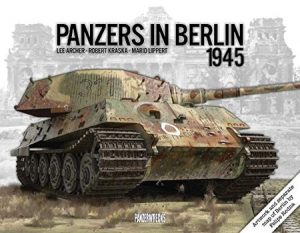 Panzers in Berlin 1945 (Lee Archer, Robert Kraska and Mario Lippert, Panzerwrecks Limited, Sussex, UK, 2019, 392 pp., maps, photographs, appendices, index, $104.99, hardcover)
Panzers in Berlin 1945 (Lee Archer, Robert Kraska and Mario Lippert, Panzerwrecks Limited, Sussex, UK, 2019, 392 pp., maps, photographs, appendices, index, $104.99, hardcover)
By April 1945, the once-vaunted panzer force of the German army was but a shadow of its former self. Divisions were lucky to have a dozen tanks, and even many of those were static for lack of fuel. In Berlin, tanks served as pillboxes, immobile vehicles dug in to their turrets at intersections with good fields of fire and their crews ordered to fight until the bitter end. During and after the fighting, photographers covered the battlefield capturing images. The streets of Berlin held many sights for the camera lens: Blasted tanks, their armor twisted by fire, lay near halftracks with soldiers’ corpses sprawled around them. Guns sat abandoned near their tractors, often pushed off to the side to make way for advancing Soviet tanks.
This photographic study of the last German tanks defending Berlin in April and May 1945 contains 360 images, most of them previously unpublished. The authors pieced together the stories around each picture through years of research, discovering locations, units and backgrounds. An enclosed map plots the sites shown in many of the images, allowing a tourist to visit them today. A number of the pages have QR codes, so the reader can use a mobile-phone camera to get an image from Google Street View.
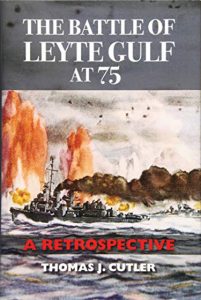 The Battle of Leyte Gulf at 75: A Retrospective (Thomas J. Cutler, Naval Institute Press, Annapolis, Maryland, 2019, 338 pp., maps, photographs, notes, bibliography, $29.95, hardcover)
The Battle of Leyte Gulf at 75: A Retrospective (Thomas J. Cutler, Naval Institute Press, Annapolis, Maryland, 2019, 338 pp., maps, photographs, notes, bibliography, $29.95, hardcover)
The Battle of Leyte Gulf ranks among the largest naval engagements of history. Almost 200,000 people on both sides fought this tremendous struggle around the Philippines in October 1944. One of them, Joshua Cooper, commanded the destroyer USS Bennion (DD-622) at Surigao Strait. His ship formed part of a squadron tasked with making torpedo attacks on the enemy’s battleships and cruisers. By the time Bennion advanced for its run, the battle was well underway. At 2 or 3 am, the destroyer rushed forward, launched its torpedoes at the already burning forms of the Japanese ships, and turned to circle for another run. Cooper thought the second attack more effective than the first. He discovered later his orders actually only specified one attack, to save some torpedoes for later actions; Bennion’s tubes now lay empty. It didn’t matter; the only Japanese ships still afloat were either fleeing or adrift.
This book eschews the standard narrative format and instead highlights the battle through a series of vignettes, a combination of essays, and old articles on the action. The various contributors are either veterans of Leyte Gulf or experts on their subject. This makes the book an interesting read, providing a multitude of perspectives. One entry is by a Japanese officer, who gives an impression from the other side of the fighting.
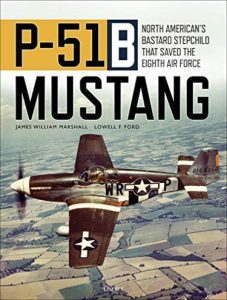 P-51B Mustang: North American’s Bastard Step-child that Saved the Eighth Air Force (James W. Marshall and Lowell F. Ford, Osprey Publishing, Oxford, UK, 2020, 352 pp., maps, photographs, appendices, notes, bibliography, index, $50.00, hardcover)
P-51B Mustang: North American’s Bastard Step-child that Saved the Eighth Air Force (James W. Marshall and Lowell F. Ford, Osprey Publishing, Oxford, UK, 2020, 352 pp., maps, photographs, appendices, notes, bibliography, index, $50.00, hardcover)
The P-51 Mustang proved to be the fighter the U.S. Army Air Forces didn’t want but desperately needed. The European bombing campaign had faltered in 1943 as increasing losses threatened the Eighth Air Force’s ability to sustain the offensive. The P-51B solved the dilemma; it had the range to escort the bombers through enemy fighter defenses, something the Republic P-47 Thunderbolt lacked at the time. Commanders paid nearly as much attention to the acquisition of additional fuel tanks as to getting the fighters themselves. Those Mustang units not used for bomber escort stayed busy attacking German airfields and other significant ground targets. Some German pilots confirmed the P-51’s effectiveness by claiming they were outnumbered 10 to one by American planes during air battles over Germany, when in fact there were not that many Mustangs operating on a single mission.
This new volume provides a definitive look at the P-51B and the missions it flew in 1943-44. The authors are proven aviation experts, and their work is as much a technical and engineering history as a recounting of the aircraft in combat service. The book is liberally illustrated with photographs, line drawings, and tables of relevant data. It is a thorough study with a wealth of information for students of World War II aviation.
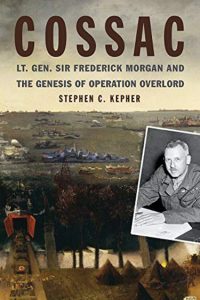 COSSAC: Lt. Gen. Sir Frederick Morgan and the Genesis of Operation Overlord (Stephen C. Kepher, Naval Institute Press, Annapolis, Maryland, 2020, 320 pp., maps, appendices, notes, bibliography, index, $40.00, hardcover)
COSSAC: Lt. Gen. Sir Frederick Morgan and the Genesis of Operation Overlord (Stephen C. Kepher, Naval Institute Press, Annapolis, Maryland, 2020, 320 pp., maps, appendices, notes, bibliography, index, $40.00, hardcover)
As a result of a decision made by the Anglo-American Combined Chiefs of Staff at the Casablanca Conference in January 1943, a relatively unknown British general received one of the most important jobs of the war. Lt. Gen. Frederick Morgan, a 49-year-old artillery officer with service in the Indian Army and France in 1940, was directed to study the myriad of ideas for the assault onto French shores, which would create a beachhead from which the Allies could liberate Western Europe. No one knew how or when this would occur; they only knew it had to happen. His superiors gave Morgan little direction or authority, but he dove into this task nonetheless. There was no previous concept for a multinational staff organization to direct a coalition army, so he created one—COSSAC, Chief of Staff, Supreme Allied Commander. D-Day would never have happened without it.
The process by which the Allied invasion of Normandy was conceived and planned understandably receives much less attention than the actual operation, but there is still a story to be told. This new work explains how one man took the initiative in the absence of detailed orders to create a group to plan Germany’s downfall in the West. The author does a good job explaining the complexities of his subject, making the numerous integrated military and political decisions clear and understandable.
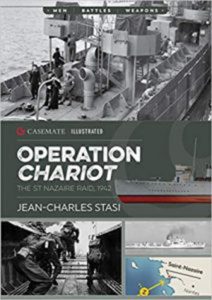 Operation Chariot: The St. Nazaire Raid, 1942 (Jean-Charles Stasi, Casemate Publishing, Havertown, Pennsylvania, 2020, 128 pp., maps, photographs, bibliography, index, $24.95, softcover)
Operation Chariot: The St. Nazaire Raid, 1942 (Jean-Charles Stasi, Casemate Publishing, Havertown, Pennsylvania, 2020, 128 pp., maps, photographs, bibliography, index, $24.95, softcover)
In 1942, one of Great Britain’s greatest fears threatened to burst into the Atlantic and lay waste to the merchant shipping vital to the nation’s survival. The German battleship Tirpitz awaited her opportunity while anchored in Norwegian waters. Repeated attempts to bomb it failed, but the British conceived a new option. The only drydock on the French Atlantic coast large enough to accept the Tirpitz lay in St. Nazaire; if a raid destroyed the dock, Tirpitz would have to remain in Norway, where it presented much less of a threat. On the night of March 27, British commandos did just that, taking an aging, explosive-packed destroyer into St. Nazaire to ram it into the dry-dock gates. Afterward, they planned to flee in motor launches that followed them into the port. The raid proved one of the most daring actions of the war.
Casemate Illustrated is a new series designed to provide compact yet thorough accounts of significant military events. This volume covers the St. Nazaire Raid in commendable detail. The book is well-illustrated with good maps and sidebars describing notable personalities and vessels used in the assault. These books are similar to Osprey’s Campaign series and are of similar high quality.
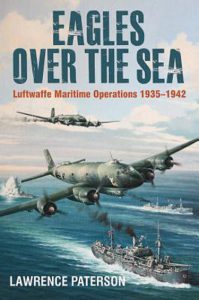 Eagles over the Sea: A History of Luftwaffe Maritime Operations 1935-42 (Lawrence Paterson, Seaforth Publishing, Barnsley, UK, 2019, maps, photographs, appendices, notes, bibliography, index, $31.00, hardcover)
Eagles over the Sea: A History of Luftwaffe Maritime Operations 1935-42 (Lawrence Paterson, Seaforth Publishing, Barnsley, UK, 2019, maps, photographs, appendices, notes, bibliography, index, $31.00, hardcover)
Nazi Germany’s naval air arm receives little attention today, but it was a considerable threat to Allied shipping in the early years of the war. Flying reconnaissance aircraft and bombers, German naval flyers sought out the freighters bringing supplies and weapons to England and the Soviet Union. Occasionally, they fought it out with Allied warships as well, taking on the destroyers and smaller craft that escorted the merchantmen. They were most active in the Atlantic, but they also flew missions over the Mediterranean and the Baltic, scouting, bombing, making torpedo attacks and laying mines.
This is the first volume in a series covering German naval air operations. It reveals the origins of the service in the 1930s, when it honed its skills in the Spanish Civil War. The author delves into great detail, using official documents and war diaries to reveal the extent to which the Germans planned and carried out each operation. The author has 10 books on the German navy to his credit, and this new work helps broaden his scope into the air domain.
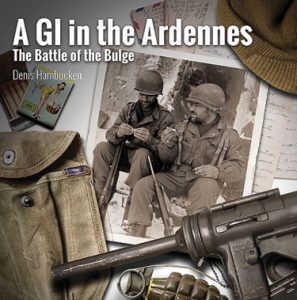 A GI in the Ardennes: The Battle of the Bulge (Denis Hambrucken, Pen and Sword Books, South Yorkshire UK, 2019, 144 pp., maps, photographs, bibliography, index, $32.95, hardcover)
A GI in the Ardennes: The Battle of the Bulge (Denis Hambrucken, Pen and Sword Books, South Yorkshire UK, 2019, 144 pp., maps, photographs, bibliography, index, $32.95, hardcover)
By December 1944, Herb Adams of the 82nd Airborne Division was a veteran of Anzio and Operation Market Garden. He was in Sissonne, France, when the Battle of the Bulge began. His unit received orders around midnight on December 18, 1944, to be ready to move in six hours.
The division had been scheduled for transfer to the Pacific; many of the men had turned in their weapons for repair, and they’d had no winter clothing issued. They gathered what they could and boarded trucks, packed so tightly they couldn’t sit down. At 11:00 the following evening, they arrived in Werbomont, Belgium.
Freezing in their summer uniforms, they got out of the trucks, marched eight miles, and immediately attacked the 1st SS Panzer Division near Rahier. Herb and his fellow paratroopers were about to take part in some of the most brutal fighting they would see during the war.
While the author makes the Battle of the Bulge the focus of this book, it is as much a primer on the American soldier’s experience in the European Theater. The book is a collection of vignettes; some are on individual troops, while others cover weapons, equipment, or features of a soldier’s life at the time. Topics such as rations, mail, and interaction with civilians are all covered in detail. The work is beautifully illustrated in full color and is an English translation of a European book.
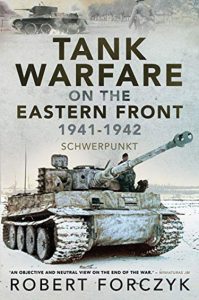 Tank Warfare on the Eastern Front, 1941-42 Schwerpunkt (Robert A. Forczyk, Pen and Sword Books, South Yorkshire, UK, 2020, 294 pp., maps, photographs, appendices, notes, bibliography, index $25.00, hardcover)
Tank Warfare on the Eastern Front, 1941-42 Schwerpunkt (Robert A. Forczyk, Pen and Sword Books, South Yorkshire, UK, 2020, 294 pp., maps, photographs, appendices, notes, bibliography, index $25.00, hardcover)
On the evening of August 30, 1941, The Soviet high command ordered a unit called Group Ermakov to advance on the town of Pogar and seize a crossing over the Sudost River. The 108th Tank Division led the way with two battalions of motorized infantry, two more of artillery, and one battalion of tanks. Just northeast of Pogar, a German panzer regiment ambushed their column, knocking out five tanks. Stukas dive-bombed the artillery units, damaging half the guns and destroying nine towing tractors. A nearby second Soviet column tried to go around the German position, sending three new T-34s and three KV-1 heavy tanks into the village of Romanovka. German tanks, anti-tank guns, and artillery defended the village. They knew the Soviet tanks were new, tough models, so they held their fire until point-blank range. All the T-34s and one KV-1 were immobilized and later destroyed; the rest retreated. The Germans had stopped the Soviet attack, ending the day in control of the villages.
This is just one short account among many of the tank fighting on the vast Eastern Front in the months following the Nazi invasion of the Soviet Union. This new edition of the author’s work gathers various accounts of this enormous operation into a coherent and comprehensible narrative. The Eastern Front was so vast it can be hard for any but the most serious students to understand; this book pulls the armored facet of that front into greater clarity.
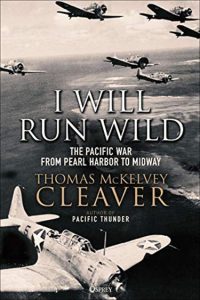 I Will Run Wild: The Pacific War from Pearl Harbor to Midway (Thomas McKelvey Cleaver, Osprey Publishing, Oxford UK, 2020, 320 pp., maps, photographs, Bibliography, index, $22.00, softcover)
I Will Run Wild: The Pacific War from Pearl Harbor to Midway (Thomas McKelvey Cleaver, Osprey Publishing, Oxford UK, 2020, 320 pp., maps, photographs, Bibliography, index, $22.00, softcover)
Japanese Admiral Isoroku Yamamoto received the orders to carry out the attack on Pearl Harbor in November 1941. He told his superiors, “I will run wild for six months. After that, I can promise you nothing.” Imperial Japan did indeed run wild, though their winning streak ended three days shy of the six-month mark, when four of their aircraft carriers went to the ocean bottom at Midway. In between, many smaller battles set the stage for Japan’s defeat. Wake Island, Bataan, Corregidor, island raids, and the Coral Sea all played their part for the Americans. For the British Commonwealth, Singapore, Hong Kong, Burma, Rabaul and other places signified their own efforts to blunt the Japanese offensive. While the time between Pearl Harbor and Midway may seem only a period of defeat, it also ground down the Japanese initiative and leveled the field for the Allied counteroffensive.
The author successfully summarizes the vast scope of the fighting in the Pacific during the first six months of the war. This work is not a dry encapsulation of places and dates. The author weaves a myriad of individual and small-unit stories into his narrative, making it engaging and interesting. The book is also well-illustrated and contains good maps, typical of this publisher’s works.
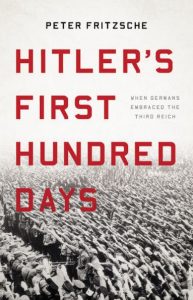 New and Noteworthy
New and Noteworthy
Hitler’s First Hundred Days: When Germans Embraced the Third Reich (Peter Fritzsche, Basic Books, 2020, $32.00, hardcover) The Nazis took Germany from a fragmented society to a unified front in just a few months. This book reveals how it was done.
Battle of the Atlantic 1939-41: RAF Coastal Command’s Hardest Fight Against the U-boats (Mark Lardas, Osprey Publishing, 2020, $24.00, softcover) The U-boat threat came as an unpleasant surprise to the RAF. England took heavy losses in ships but learned how to defeat the submarine threat.
Operation Crusader: Tank Warfare in the Desert, Tobruk 1941 (Hermann Buschleb, Casemate Books, 2020, $29.95, hardcover) This operation aimed to destroy German armored forces and relieve the siege at Tobruk. This account comes from a former German staff officer who wrote it to train military leaders.
140 Days to Hiroshima: The Story of Japan’s Last Chance to Avert Armageddon (David Dean Barrett, Diversion Books, 2020, $27.99, hardcover) This work covers the high-level machinations of both the American and Japanese governments in the months leading up to the atomic bombings.
 They Fought Alone: The True Story of the Starr Brothers, British Secret Agents in Nazi-Occupied France (Charles Glass, Penguin Random House, 2020, $18.00, softcover) The Starr brothers were Anglo-American recruits in the British unconventional-warfare establishment. This work chronicles their ordeal in occupied France.
They Fought Alone: The True Story of the Starr Brothers, British Secret Agents in Nazi-Occupied France (Charles Glass, Penguin Random House, 2020, $18.00, softcover) The Starr brothers were Anglo-American recruits in the British unconventional-warfare establishment. This work chronicles their ordeal in occupied France.
Peiper’s War: The Wartime Years of SS Leader Jochen Peiper 1941-44 (Danny S. Parker, Frontline Books, 2020, $42.95, hardcover) Peiper was famed for his flamboyant and brutal style of warfare. The book covers his wartime experiences through to his postwar trial and imprisonment.
In the Cauldron: Terror, Tension and the American Ambassador’s Struggle to Avoid Pearl Harbor (Lew Paper, Regnery History, 2020, $29.99, hardcover) This is an account of the efforts of Joseph Grew, the American Ambassador to Japan, who sought to avert war between the two nations. It uses his own diaries and papers to help construct the narrative.
The Good Assassin: How a Mossad Agent and a Band of Survivors Hunted Down the Butcher of Latvia (Stephan Talty, Houghton Mifflin Harcourt, 2020, $28.00, hardcover) Herbert Curkus murdered some 30,000 Latvian Jews. In 1965 an Israeli agent went to Brazil, befriended Curkus, gained his trust, and brought him to justice.
